Mining Towns in Transition : Arctic Legacies
Description
Arctic mining towns are vulnerable to de-industrialization, as most jobs are in a single industry, with long distances to other employers or business opportunities. Other challenges are the legacies of mining that companies leave behind. Research has shown that such legacies can be used for sustaining industrial settlements beyond the end of the industries that supported them. This chapter seeks to understand under what circumstances legacies of mining can contribute to the long-term sustainability of Arctic mining towns in crisis. It explores the history of two Arctic mining towns, Kiruna in Sweden and Schefferville in Canada, and how actors there dealt with the crisis, how they used legacies from the past in this process, and what the outcomes were, after both towns were hit by economic crisis in the 1970s. By using the concepts of re-use and heritagization we show that the possibilities to sustain Arctic mining towns in crisis by creating new values out of mining legacies, depends on several factors: institutions, perceptions of values, and the momentum embedded in socio-technical systems for mining. Local initiatives for sustaining Arctic mining towns in crisis are discussed.
Référence
Malmgren, Judit, Dag Avango, Curt Persson, Annika E. Nilsson et Thierry Rodon, « Mining Towns in Transition : Arctic Legacies » dans Sverker Sörlin (dir.), Resource Extraction and Arctic communities: The new extractivist paradigm, Cambridge University Press, 2022, p. 229-248.






